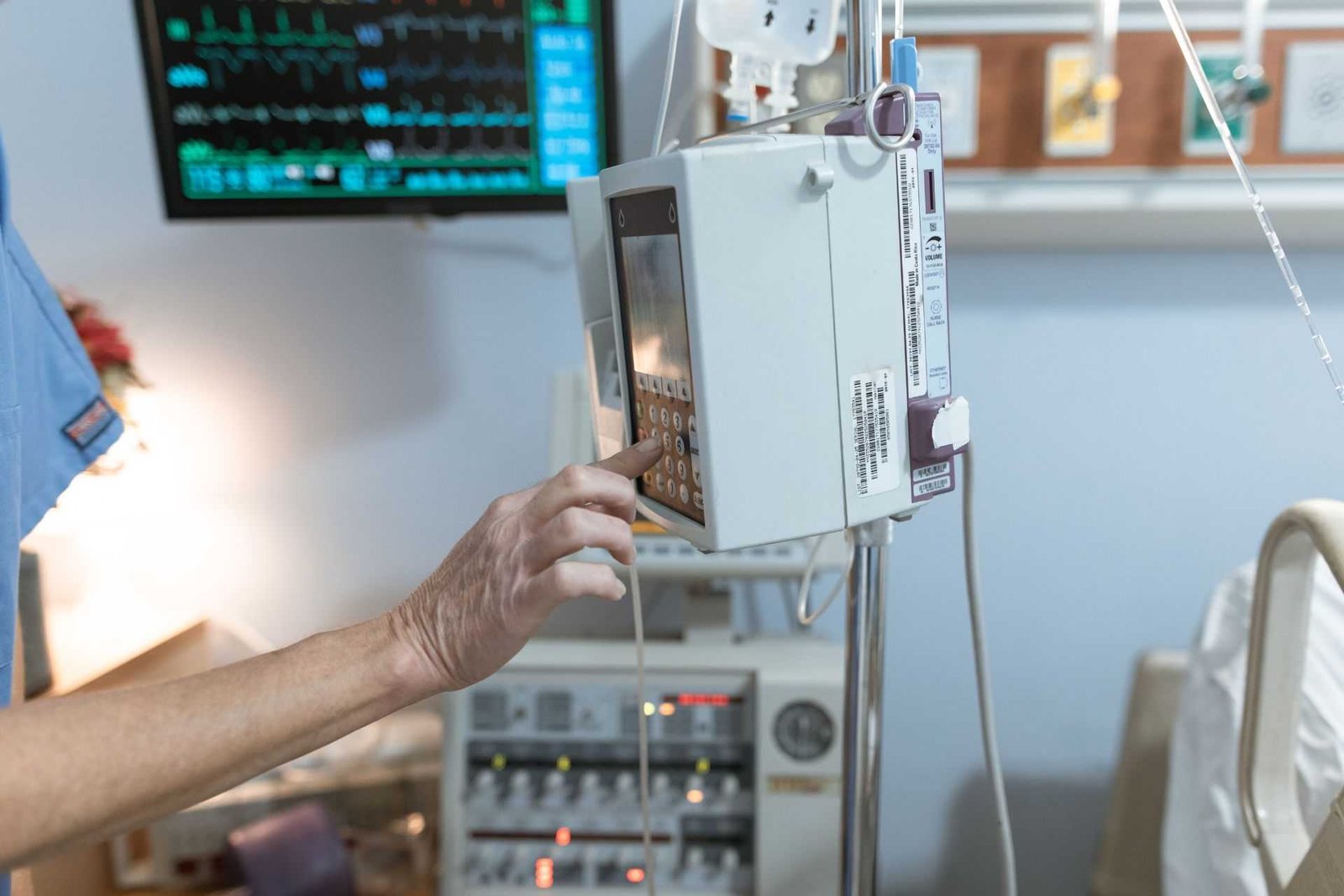Blog

ARPWave Therapy: The Secret Weapon for Pain Recovery and Peak Performance
Pain can be debilitating, but traditional treatments often focus only on symptoms. ARPWave therapy takes a different approach by addressing the root cause—neuromuscular dysfunction. This therapy uses a proprietary waveform and active movement to retrain the nervous system, promote healing, and restore full function. Whether you’re recovering from surgery, healing

Say Goodbye to Incontinence: How EMSella is Changing Lives
Urinary incontinence affects millions of people—yet it’s still one of the most under-discussed issues in healthcare. EMSella offers a breakthrough solution that’s completely non-invasive, pain-free, and surprisingly effective. All you have to do is sit—fully clothed—in a specialized chair while the device delivers thousands of pelvic floor contractions in just

Understanding the Science of NAD+: The Anti-Aging Molecule
NAD+ (nicotinamide adenine dinucleotide) is a molecule your body depends on to generate cellular energy. As we age, NAD+ levels naturally decline, leading to fatigue, brain fog, and signs of aging. But what if replenishing this vital compound could reverse the clock—not just on how you look, but how you

Red Light Therapy: More Than Skin Deep
Red light therapy might look futuristic, but its benefits are deeply rooted in cellular science. Using low-level light wavelengths, this therapy stimulates the mitochondria—the powerhouses of your cells—to generate more energy. The result? Faster healing, tighter skin, and even fat reduction in stubborn areas. Unlike invasive procedures, red light therapy

Beyond the Scale: How True Weight Solutions Fights Inflammation for Real Results
Many people focus on calories in versus calories out when trying to lose weight—but often, the real issue lies deeper. True Weight Solutions is designed to address inflammation, one of the most overlooked causes of weight gain and chronic fatigue. When your body is inflamed, it holds onto fat, retains

The Power of Peptides: A Modern Solution for Lasting Weight Loss
Peptide therapy is changing the way we approach weight loss. Instead of relying on extreme dieting or unsustainable workout routines, peptides such as Semaglutide and Terzepatide help your body do what it was designed to do—burn fat efficiently, regulate appetite, and balance blood sugar levels. These GLP-1 receptor agonists mimic

